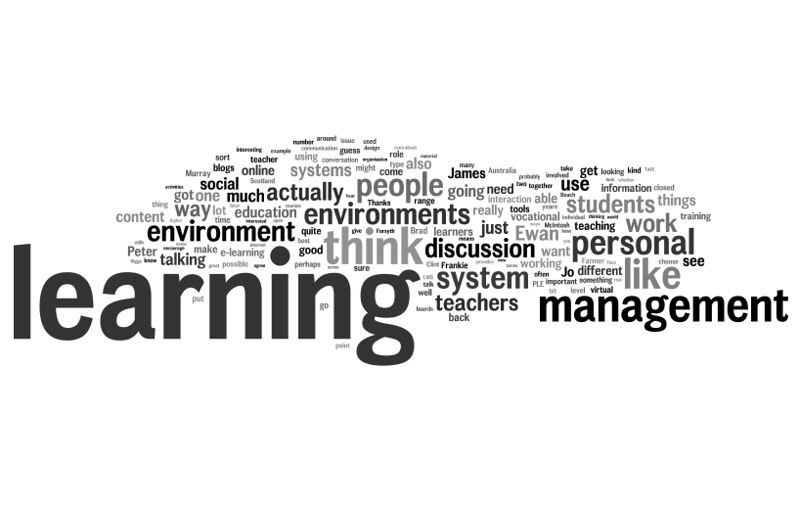When you decided to opt for a learning management system, you might have had specific requirements to achieve with the tool. However, over time, the conditions of your organization change, or the LMS gets outdated. As a manager, you should quickly spot the change and fix it as early as possible.
If your employees are facing a lot of trouble using it or any specific negative feedback regarding LMS indicates that you should consider switching your LMS. The issues raised by the learners using it should be appropriately documented and kept for reference when you opt for a new LMS. So, a few signs like these indicate you need a new LMS. Let’s look into a few of them.

1)Inability to scale
When your users face issues like full storage, errors in loading, or programs loading too slowly, it’s time to think about opting for a new LMS. Your learners should spend time learning things through the tool and track KPIs but not wasting time for the system to load or other petty issues. As the company grows, the requirement for learning needs keeps on increasing, so the LMS needs to have the ability to scale.
2)Bad user experience
The employee training software should have an intuitive user interface to make learning easy for your employees. With a poor user interface, your learners tend to waste time figuring out how to use the tool effectively. When the learners smoothly access the content without wasting much time figuring out things or manually searching for buttons, they get motivated to learn.
3)No multi-device accessibility
Remote working has become the new norm because of obvious reasons. Most of the organizations slowly transitioned their workforce to remote learning. Statistics show that most of the employees spend most of their time with mobiles. So, the organizations are also looking for learning management systems that allow accessing multiple devices like mobiles, laptops, tablets, etc.
4)Ineffective tracking tools
Tracking the progress by using data analytics is an essential feature for any LMS. But monitoring the data alone is not enough, the reporting capabilities the tool provides and how the data is interpreted is key to unwrapping the insights. So, if your current LMS doesn’t provide you with the data you need to track the program’s efficiency or the learners, then it’s high time to change the tool or upgrade it. Without a data-driven approach, it’s hard to connect learning with business objectives and performance.

5)It doesn’t integrate with your existing systems
If your current LMS doesn’t facilitate easy integration with all the systems, it will be hard to progress the learning activities. Any LMS should provide the feasibility to integrate with other applications to provide a better learning experience to the users. Some of the important integrations that your LMS should support are customer relationship management tools, communication tools, and content authoring tools.
6)No customer support
When you are all set to host an event and you encounter an urgent issue that requires technical support, in this case, a prompt technical service team should be available. Your LMS vendor should provide the resources or dedicate a customer service team to combat these technical issues. Having live support is very important to fix the problems as early as possible and reduce the damage. If your current LMS vendor doesn’t provide these, you should think of an alternative.
An LMS solves the training issues and makes life easy for both the learners and course organizers. However, when it doesn’t serve this purpose, it’s high time you look for an alternative that’s much better than the current version and solve the issues posed by the existing LMS. We hope this article helps you notice the signs that indicate you need a new LMS.
loading...
loading...
